Wild Animal Safari is home to many different animal residents. We encourage you to view our zoo gallery in Strafford, MO, to see what is in store for you and your family.
Drive-through Safari
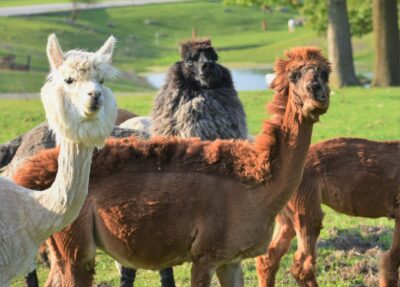
Alpaca
Scientific Name: Vicugna pacos
IUCN status: Not Evaluated
Origin: South America
Fun Fact: Alpacas are thought to have been domesticated more than 6,000 years ago by the Incas, who raised them for their prized fleece.
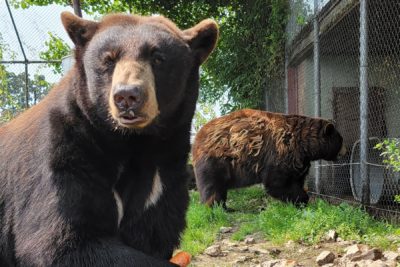
American Black Bear
Scientific Name: Ursus americanus
IUCN status: Least Concern
Origin: North America
Fun Fact: Black Bears are very intelligent and have an excellent long-term memory. They have better eyesight and hearing than humans. Their keenest sense is their sense of smell. It is about seven times more sensitive than a dog's.
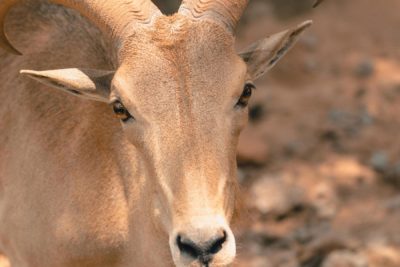
Aoudad
Scientific Name: Ammotragus lervia
IUCN status: Vulnerable
Origin: Dry mountains of Northern Africa
Fun Fact: Barbary sheep live in arid environments and acquire much of their water from the plants they eat. However, they will readily drink water if it is available.

Ankole-Watusi
Scientific Name: Bos Taurus Indicus
IUCN status: Not Evaluated
Origin: West Africa
Fun Fact: A hybrid of a few breeds of African Longhorn, the Ankole-Watusi was long considered the “cattle of the kings” due to their impressive horns and size.
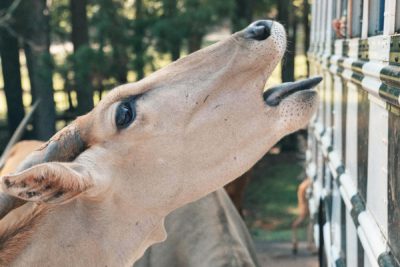
Common Eland
Scientific Name: Tragelaphus oryx
IUCN status: Least Concern
Origin: Southern Africa
Fun Fact: The Common Eland is the second largest antelope in the world. The male’s spiraling horns can reach over 4ft in length.

Dromodary Camel
Scientific Name: Camelus dromedarius
IUCN status: Not Evaluated
Origin: Arabia or Somalia
Fun Fact: Camels store fat in their humps, not water.
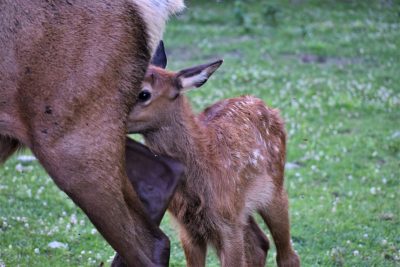
Elk
Scientific Name: Cervus canadensis
IUCN status: Least Concern
Origin: North America
Fun Fact: The elk's antlers can grow as much as one inch in one day, the size of the antlers depends on the amount of sunlight the elk gets.

Hartmann Zebra
Scientific Name: Equus zebra
IUCN status: Vulnerable
Origin: Africa
Fun Fact: Although highly noticeable, the Hartmann’s mountain zebra’s coat serves as camouflage and protection. When in a herd, the stripes can cause confusion and make it impossible for predators to determine how many zebras are grouped together. Its stripes can also make it appear unattractive to predators.

Llama
Scientific Name: Lama glama
IUCN status: Least Concern
Origin: South America
Fun Fact: When one llama is angry at another llama, they will stick their tongues out to express their dislike.
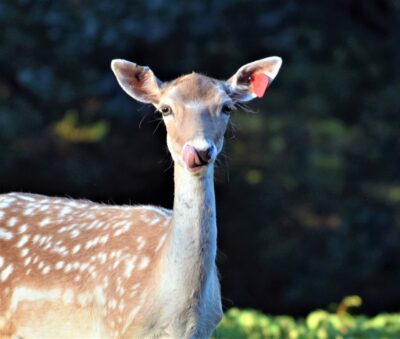
Sika Deer
Scientific Name: Cervus nippon
IUCN status: Least Concern
Origin: China, Korea and Japan
Fun Fact: The name Sika comes from the word "Shika" which is Japanese for Deer.
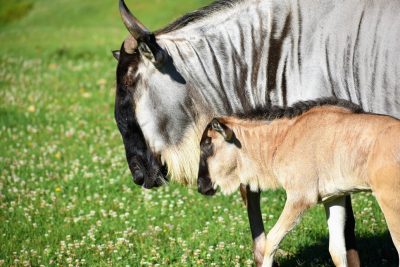
Blue Wildebeest
Scientific Name: Connochaetes taurinus
IUCN status: Least Concern
Origin: South Saharan Africa
Fun Fact: When the Dutch settled in South Africa, they named this animal “wildebeest,” meaning “wild beast,” due to its untamed appearance and vigorous nature.
